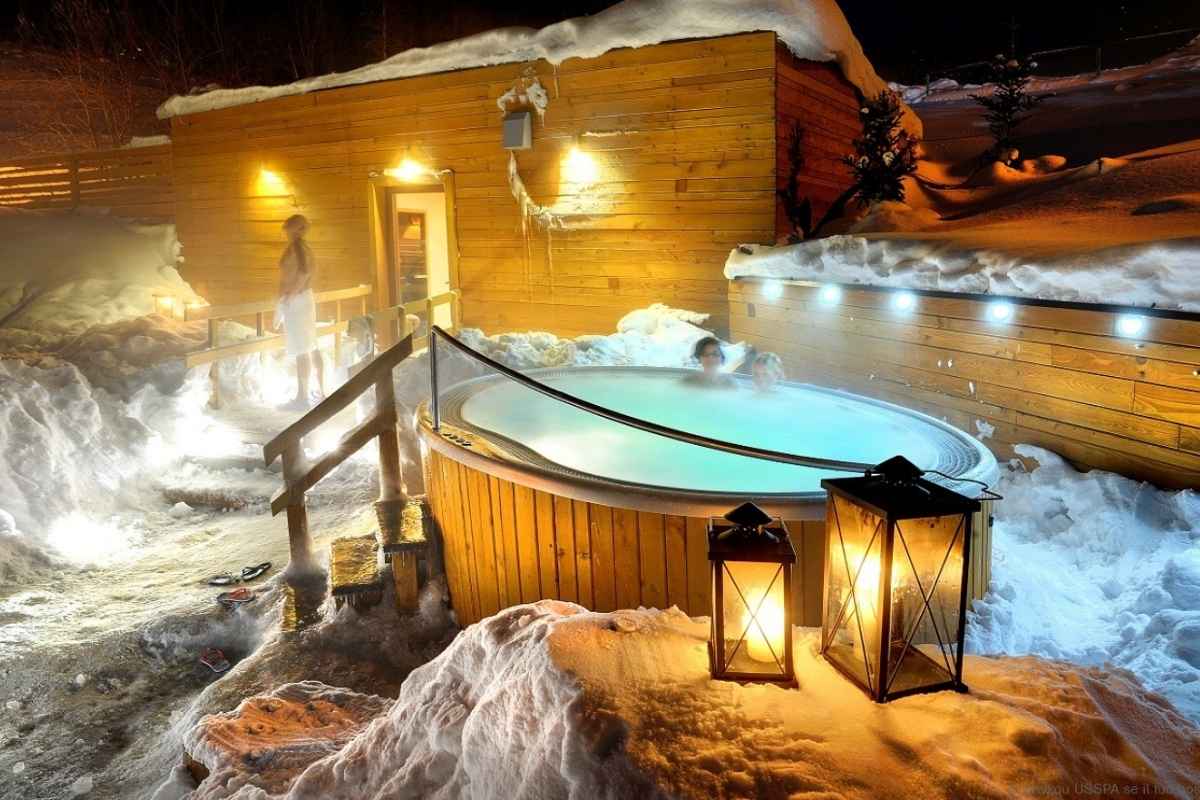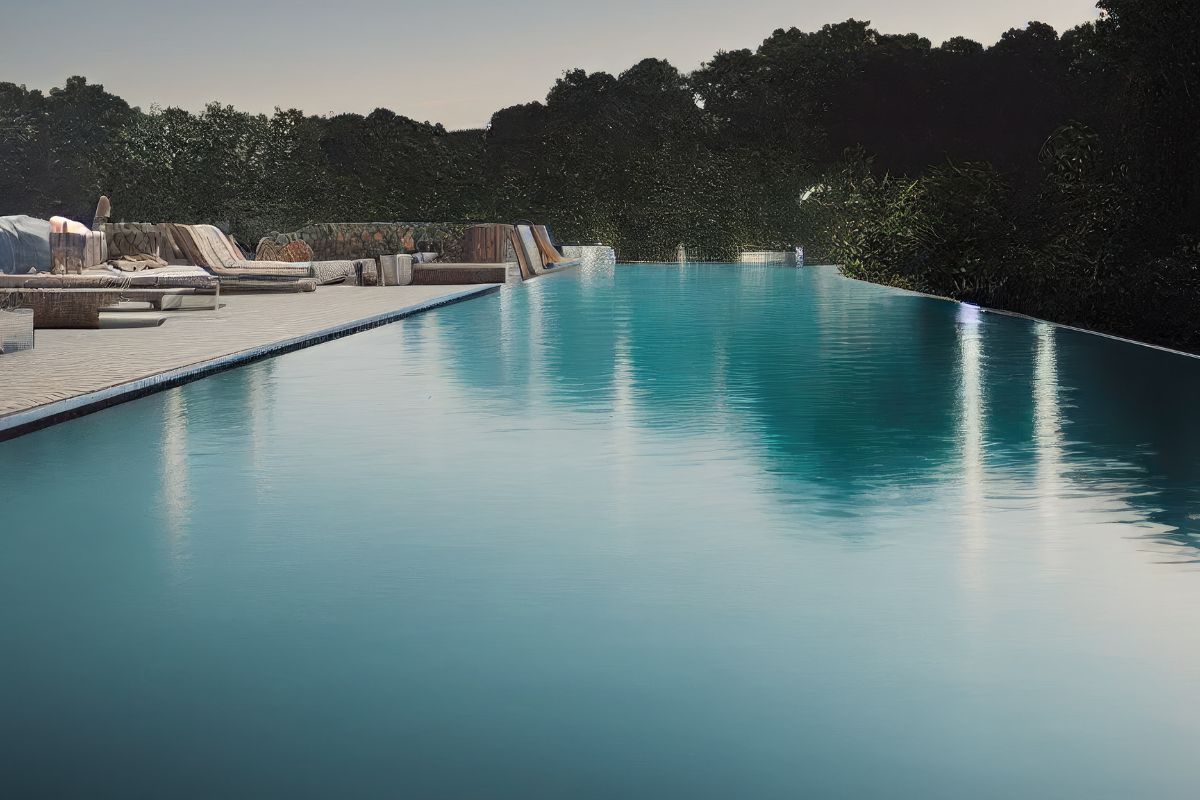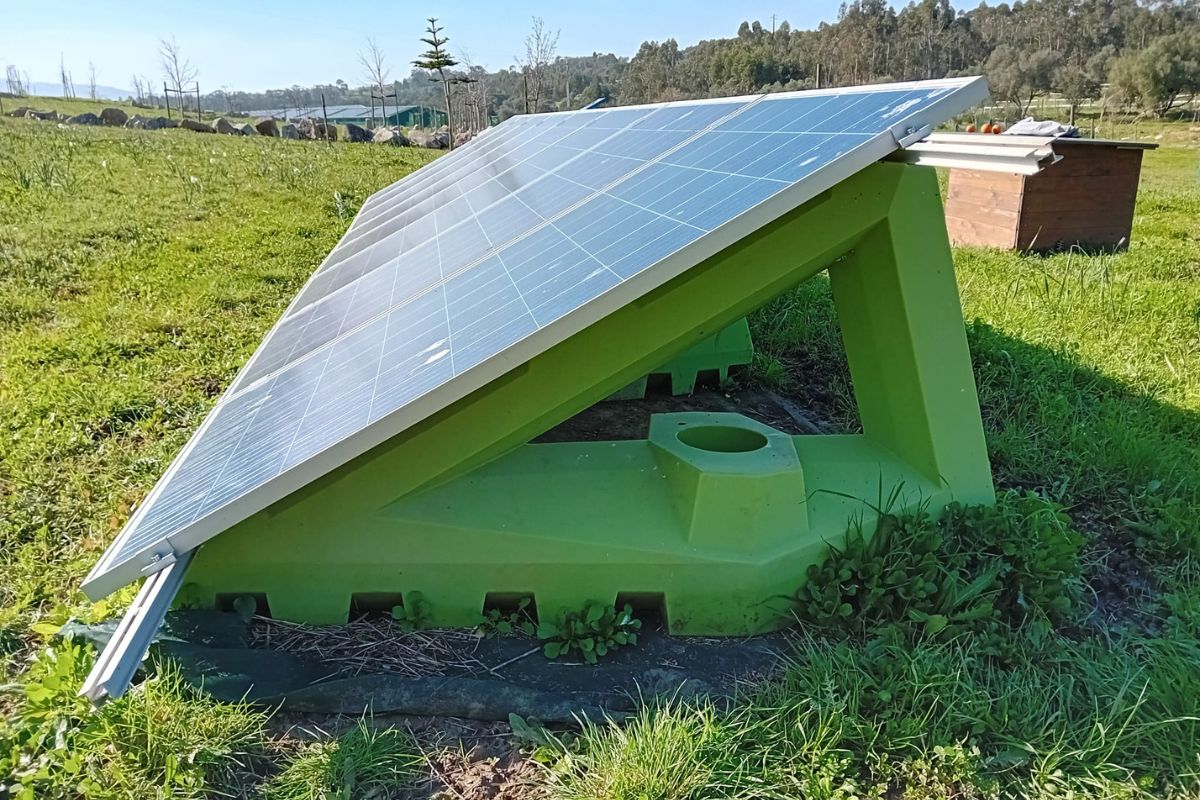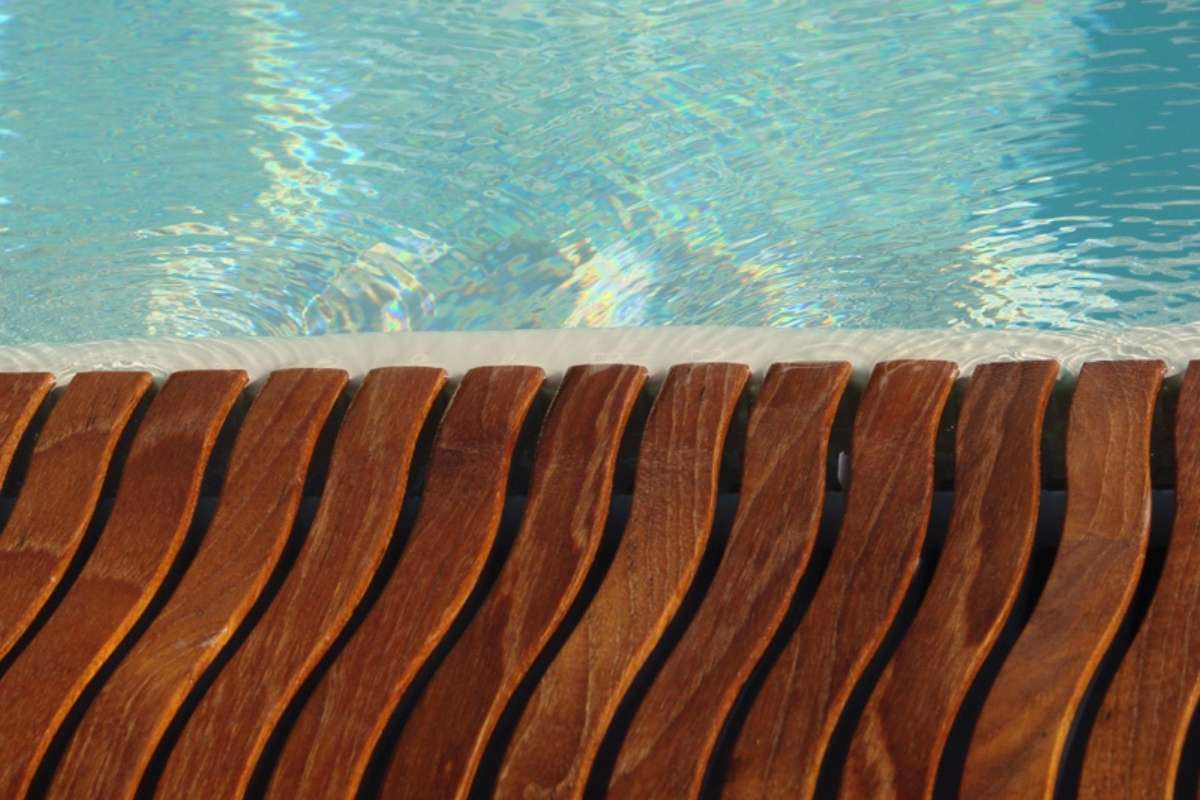Pool edge: how to choose the ideal grating
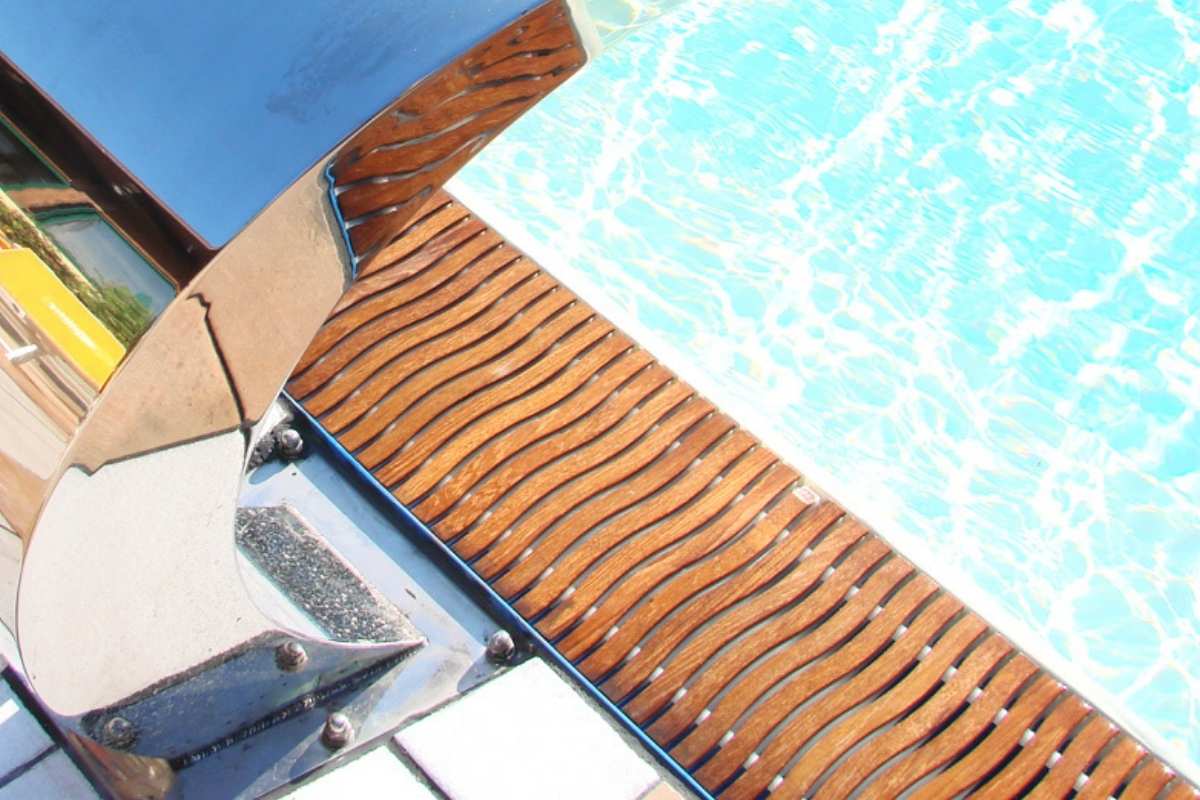
The pool edging is a fundamental component of the outdoor area, not only from an aesthetic point of view but also for functionality and safety. Often overlooked in less meticulous projects, it is actually an essential element to ensure proper water drainage, usability of the space, and user comfort. Whether residential, hotel, or public, choosing a good pool edging means increasing the structure's lifespan, improving safety, and enhancing the environment.
Today, there are various solutions that combine technical materials, aesthetics, and durability. Among these, pool edge grids, non-slip pavings, and even modern alternatives to traditional wooden pool edges stand out. In this article, we will look at the most effective and durable options for designing a high-performing, safe pool edging in line with new architectural needs.
- Functions and characteristics of pool edging
- Pool edge grids: materials, shapes, and compatibility
- Pool edge pavings: safety and design
- Wooden pool edge and modern alternatives
Functions and characteristics of pool edging
The pool edging is not just a simple detail: it is a technical and structural element that plays a key role in balancing water, walkable surfaces, and external areas. Its primary function is to collect and channel excess water that spills out of the pool, coming from splashes, rain, or overflows. This process is essential to keep the perimeter area of the pool dry and safe, avoiding stagnation that could cause discomfort or promote the growth of algae and mold.
Moreover, the pool edging serves as the interface between the pool and the flooring, helping to create a harmonious and functional transition. Its surface must be made of materials resistant to water and weather, capable of withstanding exposure to sunlight, chlorine, and temperature variations. This is where material selection becomes important: a well-designed solution can improve the safety of the system, make maintenance easier, and maintain the aesthetic level of the entire area.
The edging can be freeform in simpler cases or overflow with channels that collect water along the entire pool perimeter. In both cases, it is essential to focus on effective drainage systems and non-slip surfaces that provide safety even with bare, wet feet. Therefore, it's not just about aesthetics: a well-designed pool edge is synonymous with functionality, durability, and well-being.
Pool edge grids: materials, shapes, and compatibility
One of the most crucial elements for the proper functioning of an overflow pool is undoubtedly the grids. Pool edge grids are designed to collect and channel excess water, allowing it to flow orderly into the underlying channels. But their role is not just technical: they also contribute aesthetically by defining the style of the edge and ensuring visual continuity with the paving.
The materials used to produce grids must meet specific requirements: they must be resistant to water, chemicals like chlorine, UV rays, and temperature fluctuations. For this reason, plastic materials are among the most commonly used today. Specifically, polypropylene (PP), ABS, and new-generation technical plastics offer an ideal combination of durability, mechanical resistance, and design flexibility. Additionally, they stand out for their non-slip surface, ease of cleaning, and the possibility of being produced in various colors.
In terms of form, the grids can adapt to any design requirement. There are straight models, ideal for pools with linear shapes, and curved or radial versions, designed for pools with sinuous edges or rounded corners.
The use of technical plastic grids, compared to traditional materials like metal or stone, offers several practical advantages: greater safety due to the non-slip surface, longer durability, reduced maintenance, and extensive customization options. All characteristics that make them perfect for both public and private settings, residential pools, hospitality structures, and sports facilities.
Pool edge pavings: safety and design
Along with the pool edge itself, it is crucial to pay attention to the paving surrounding the pool. Pool edge pavings are not just decorative elements; they are essential for ensuring a safe, non-slip, and pleasant surface to walk on. In the presence of constant water and humidity, the choice of materials makes the difference between a comfortable environment and a potentially hazardous area.
A good poolside flooring must perform at high standards: it should be non-slip even with bare feet and when wet, resistant to weather conditions and sun exposure, durable over time, and easy to clean. Additionally, it should harmonize with the pool and the surrounding outdoor environment, helping to create a welcoming and consistent space.
Among the most popular solutions are porcelain stoneware, appreciated for its elegance but sometimes slippery; natural stone, attractive but porous and delicate; stamped concrete, customizable but prone to cracking; and wood, warm and natural but requiring maintenance. In light of these alternatives, in recent years, technical plastic pavings have emerged as an option that combines aesthetics and functionality.
Draining plastic surfaces offer safety, hygiene, and durability, keeping the pavement dry even after intensive use. Some models are designed to resemble wood or stone, offering a natural aesthetic finish with the technical advantages of plastic. Additionally, they are easy to install, lightweight, and resistant to mold and bacteria. For this reason, they are becoming a preferred choice in both private and professional settings.
Wooden pool edge and modern alternatives
The wooden pool edge is one of the most aesthetically appreciated choices, thanks to its warm and natural appearance. However, it presents several issues:
- It requires regular treatment against mold and pests;
- It is more prone to wear over time;
- It can become slippery if not properly treated;
- It suffers from prolonged exposure to sunlight, rain, and chlorine.
For this reason, many are replacing wood with alternative materials, such as:
- Wood-effect plastic, which mimics natural wood grain without requiring maintenance;
- Draining plastic grids with customized colors and aesthetic finishes;
- Composite modules that combine plastic materials and natural fibers for a realistic yet durable effect.
The pool grids produced by Nexus represent a valid alternative: they offer safety, durability, effective drainage, and design. Some models mimic the appearance of wood while maintaining all the technical characteristics of a professional pool edge grid.
The company offers a complete range of:
- Straight, curved, and radial grids made of technical plastic;
- Draining, non-slip outdoor flooring;
- Accessories compatible with channels and overflow pool edges;
- Customizable finishes for colors, sizes, and geometries.
Thanks to in-house production and experience in the plastic industry, Nexus is able to offer tailored solutions for every design need, both in public and private settings.
In conclusion, the choice of pool edging plays a decisive role in the functionality, durability, and aesthetics of the entire outdoor area. Choosing suitable grids and pavings, opting for non-slip and durable materials, and avoiding surfaces prone to wear or degradation are all essential precautions for a successful project.
Technical plastic pool edge grids, along with draining pavings and modular elements, represent a modern and high-performance solution for residential, tourism, and sports contexts. They offer safety, durability, ease of installation and maintenance, and integrate perfectly with the surrounding environment. Alternatively...



